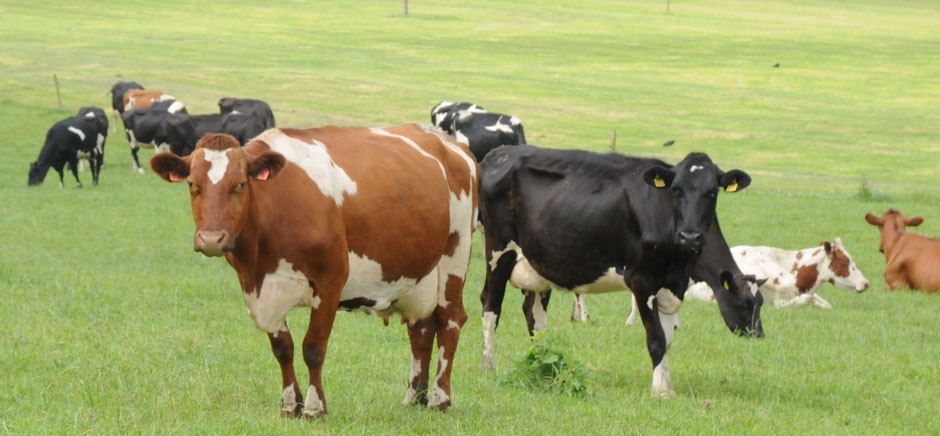
The Ulster Farmers Union has accused the Northern Ireland Meat Exporters (NIMEA) of seeking to mislead farmers with its recent explanation of the reasons for the big difference between cattle prices in Northern Ireland and the rest of the UK.
“NIMEA has claimed an autumn glut of cattle is to blame for the poor beef prices farmers here are receiving, but when you look at the overall picture across the UK and Ireland this argument simply does not weigh up,” said UFU deputy president, Ivor Ferguson.
He said figures from the LMC show that clean cattle numbers have reduced compared with the same period in 2014, while live cattle exports for slaughter have increased in response to tighter numbers in GB. “This tighter supply is reflected by the fact that average steer prices in GB are much the same as they were in 2014. This is 345-350p/kg, compared with 312p/kg in Northern Ireland. Ultimately this means the gap continues to sit around 34p/kg or £119 on a 350kg animal,” said Mr Ferguson.
The UFU says that on the retail side prices for beef have not altered much over the last 12 months, while it is reported that there is good retail demand for clean cattle in the run up to Christmas. “On that basis the comments made by NIMEA are misleading not only to farmers but also those in the rest of the supply chain. Fairness needs to be central to the supply chain and at the minute it just isn’t there,” said Mr Ferguson.
Central to the UFU criticism of the differential is that retailers charge consumers a UK standard price for beef purchased from NIMEA members, while returns to farmers shows significant variation. “No matter how you look at this both farmers and consumers are disadvantaged. Responsibility for this lies with retailers and processors, and as it stands it looks like both are taking advantage of local farmers,” said Mr Ferguson.
